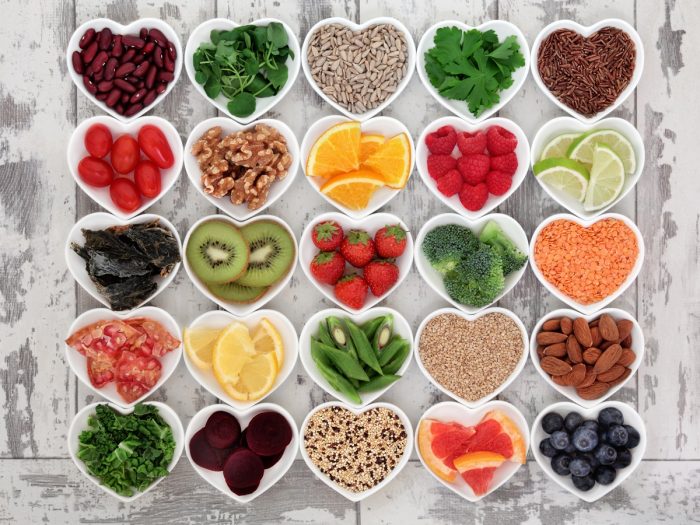Yoga and food share many similarities, the main one being that both help the soul. Yogis believe that food is the creator of life force which helps us sustain our bodies and brings us vitality and health. Many people often mistake a yoga diet for that of a vegan diet, they are two completely different things.
What is a Yoga Diet?
Let us see what makes a yoga diet special and different than other diets. What should you be keeping an eye on when following a yoga diet? We shall explain. Here are some of the key things you should follow.
It Should Be Sattvic
In yoga philosophy, there are three key qualities of all things in nature. These three qualities are Raja (hot and spicy), Tama (slow and bland) and Sattva (pure and harmony). These three qualities are present in all things, the only difference being the amount, making one quality dominant.
Rajasic foods are hot, bitter, dry and spicy and they excited the passions. While in complete contrast the tamasic foods are bland and often include alcohol and meat.

A detox diet may involve periods of fasting. Photo Credit: Shutterstock
Sattvic is the purest diet and the one that all yoga students should incorporate; it nourishes the body and maintains a peaceful state. This helps to calm the mind and enable it to fulfill its maximum potential. This diet will ultimately lead to a true health with a peaceful mind in control of a fully fit body. The following foods are included in a Sattvic diet:
It Should Be Vegetarian
The fear of being deficient in protein is the main objection to being a vegetarian. However, meat eaters themselves obtain the worst quality of protein from their diet. Excess animal protein actually contains far too much uric acid and contains other toxins that are broken down in the liver, this leads to joint problems and in severe cases– cancer. [1] [2]
Uric acid is a toxin that makes it harder to reach the highest level in terms of having a clear meditative state as it is an irritant in the bloodstream.
“There are much better alternatives to include in a yoga diet. Nuts, dairy products, and legumes are all a healthy protein alternative. Their main residue is cellulose, which is inert and does not pollute your body. It is therefore easy to digest and is utilized by the body more efficiently and quickly,” explains Elizabeth Goslin, a yoga blogger at Stateofwriting and Paper fellows.
It Should Be Chemical-Free & Without Stimulants
You should always choose organic when it is available, it goes without saying that you should avoid caffeine, tobacco, and alcohol. These substances are not healthy for the body and they alter the mind, making it harder to concentrate on the divine.
It Should Consist of Fresh Foods
We can all be a little lazy at times, heating up last night’s meal but this should not be the case if you are to follow the yoga diet. You should always prepare fresh meals which will, in turn, help your body. Packaged and left-over food should be avoided at all cost.
Fasting is Part of a Yoga Diet
Yoga gurus always recommend choosing one day a week to fast. The fast can be specific to you, it can be strict and involve nothing entering your body or it could include just the consumption of water and fresh fruit juices. Remember, whatever you choose, the main objective of the fast is to purify the body and mind.
Some yogis even decide that one day a week is too hard and instead opt to do the fast on one specific day a month. This also works, so it really is down to personal preference. [3]
Starting A Yoga Diet
A yoga diet can help to improve your body, mind, and spirit. For maximum benefit from your new diet plan, you should also proceed with physical postures, breathing techniques and meditation methods. Keep in mind those small, even tiny changes in the way that you eat and live will have big implications on your body and soul. Start simple; by bottling your own water, instead of buying bottles from stores, this will be much more environmentally conscious.
Keep the food choices simple, pure, fresh and use your best judgment before deciding what to eat!
